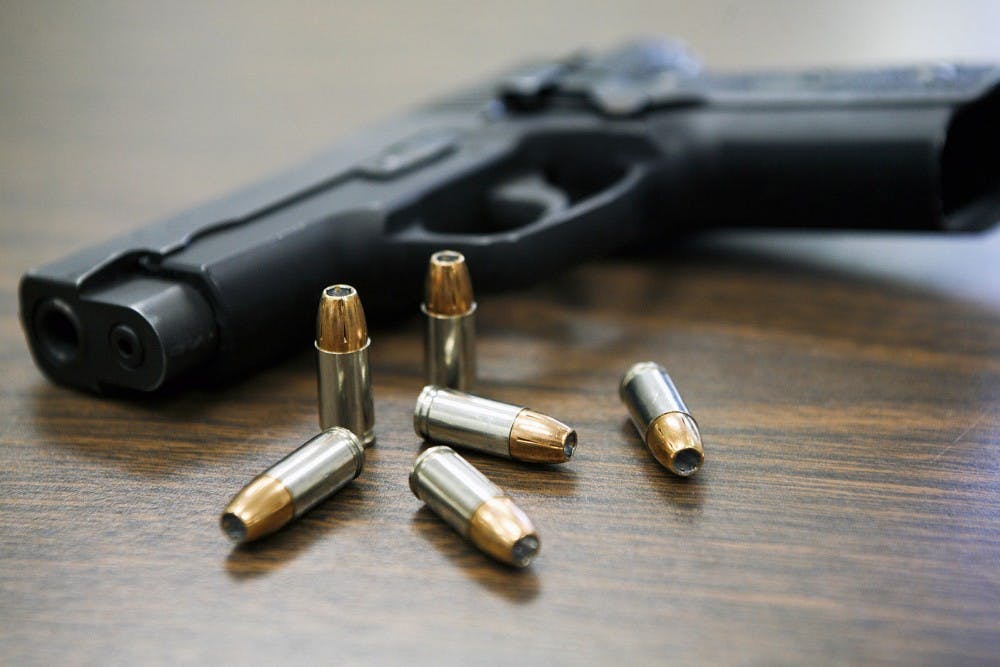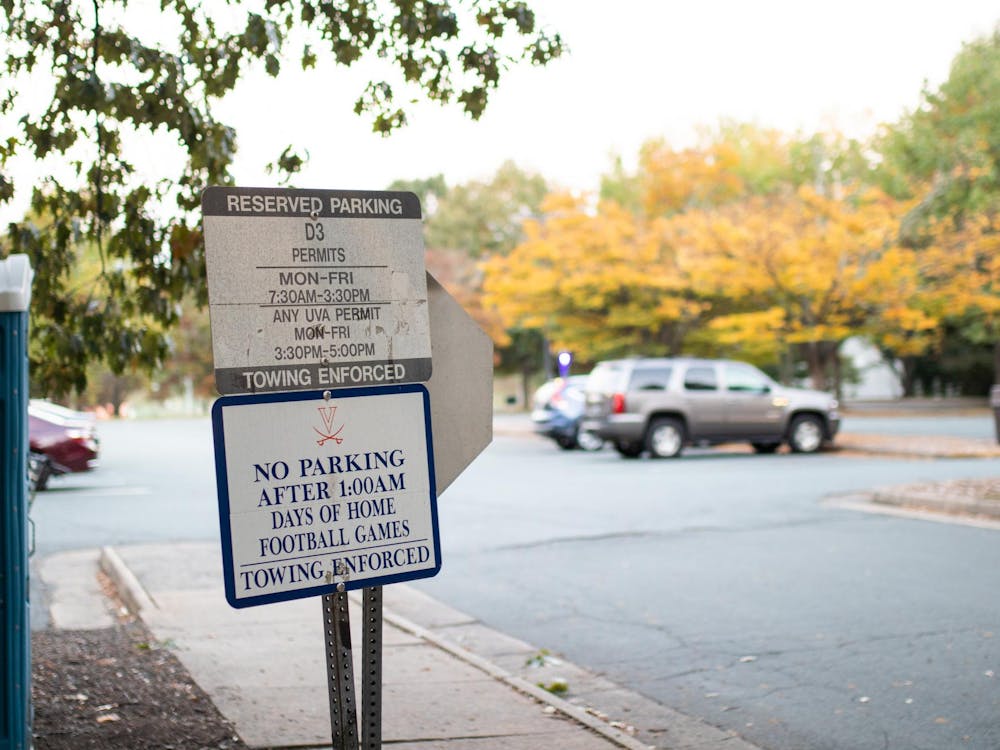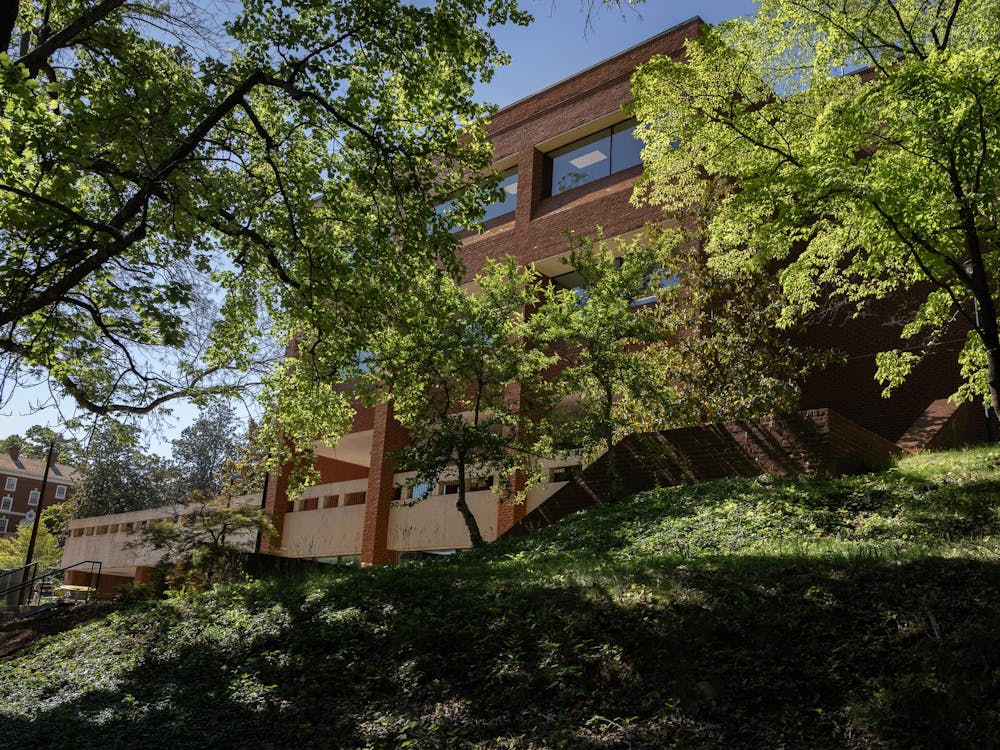On Oct. 29, fellow Opinion columnist Milan Bharadwaj argued that the Second Amendment is essential in stopping campus violence — specifically, sexual assault. There is no doubt that sexual assault is a serious issue plaguing American college campuses, due to a lack of general preparedness in investigating sexual violence, providing relief to survivors and training law enforcement to deal with such scenarios. Bharadwaj, however, makes numerous mistakes in arguing that the Second Amendment would prove vital to stopping campus violence — implementing a so-called “Second Amendment solution” would only endanger the safety of the student body.
Firstly, the conditions under which sexual assault occurs oftentimes deter the use of any firearm. The National Institute of Justice’s crime statistics indicate that “about 85 to 90 percent of sexual assaults reported by college women are perpetrated by someone known to the victim; about half occur on a date.” Unsurprisingly, this serves as a deterrent to using firearms in the first place. As noted by Oklahoma State University professor John D. Foubert, “If you have a rape situation, usually it starts with some sort of consensual behavior, and by the time it switches to non-consensual, it would be nearly impossible to run for a gun.” Furthermore, the NIJ’s research found that “a strong relationship exists between substance use and sexual assault,” with an estimated 20 percent of victims and 63 percent of perpetrators having consumed alcohol or drugs prior to an assault. While it is undeniable that firearms can be powerful deterrents against crime, in an overwhelming majority of cases, the target of assault is either emotionally compromised — shooting an acquaintance, friend or family member is obviously more difficult than shooting an unknown person — or the target is mentally compromised due to intoxication or drug use.
Additionally, Bharadwaj misleadingly states that “The most common answer presented to this problem is that young men must simply be taught to not commit these crimes, which serves as the basis for most awareness initiatives.” Indeed, such an argument would be overly idealistic and naïve — however, awareness initiatives do not limit themselves to such a specific topic. The Center for Disease Control and Prevention has found “three programs to date that have been shown to be effective, using a rigorous evaluation methodology, for preventing sexual violence perpetration.” These three programs — Safe Dates, Shifting Boundaries and RealConsent — focus on awareness of sexual abuse and harassment, changing attitudes towards rape and addressing gender roles rather than simply lecturing young men “to not commit these crimes.”
Invoking Hobbesian theory, Bharadwaj argues that “Given the fact that stopping the criminals themselves is virtually impossible, the only logical thing we can do is equip individuals with the tools to protect themselves.” This claim lies in direct conflict with the CDC’s research. RealConsent participants were found to have “intervened more often and engaged in less sexual violence perpetration compared to controls,” among numerous other benefits. Bharadwaj claims that awareness initiatives limit themselves to an excessively narrow focus, and that they are ineffective in stopping criminals from committing sexual assault — the CDC’s research, however, would indicate the exact opposite.
Were Bharadwaj’s policy proposal to become reality, there is little concrete evidence to believe that allowing firearms on college campuses — a practice generally allowed in 10 states — would reduce sexual assault rates. A report released at Johns Hopkins’ Bloomberg School for Public Health found that allowing firearms on campus “is no more effective in reducing victims’ risk of injury than other victim responses to attempted violent crimes.” Allowing firearms instead correlated to an increase in rates of serious assaults and suicide attempts. Out of 85 shootings or undesirable discharges of firearms, only two involved a rampaging shooter — the rest were “interpersonal disputes that escalated into gun violence (45 percent), premeditated acts of violence against an individual (12 percent), suicides or murder/suicides (12 percent) and unintentional shootings or discharges (9 percent).”
Most damningly of all, data from the National Crime Victimization Survey found that, out of 300 cases of sexual assault from 2007 to 2011, zero were stopped through use of a firearm. Additional research conducted by David Hemenway and Sara Solnick of Harvard University and the University of Vermont, respectively, found that “Among the 1,119 sexual assaults reported [from 1992-2001], in only one did the victim report using a gun.” Even when provided the opportunity to use firearms to defend oneself from sexual assault, an absolute majority of victims are unable to deter their attackers — rendering the argument that firearms can deter sexual assault moot.
Bharadwaj’s “Second Amendment solution” to reduce rates of sexual violence on college campuses is noble, but incredibly misinformed. His argument is reliant on tenuous evidence at best, with numerous portions lying in direct contradiction to all available statistics concerning sexual assault and prevention. If such a “campus carry” policy were implemented, all evidence suggests that sexual assault rates would not decrease — instead, the presence of firearms would only encourage the rise of violent assaults and suicides. The Second Amendment’s guaranteed right for the people to keep and bear arms, while useful in certain situations, does not necessitate its use to solve every conundrum the Unites States faces.
William Wong is an Opinion columnist for The Cavalier Daily. He can be reached at opinion@cavalierdaily.com.







